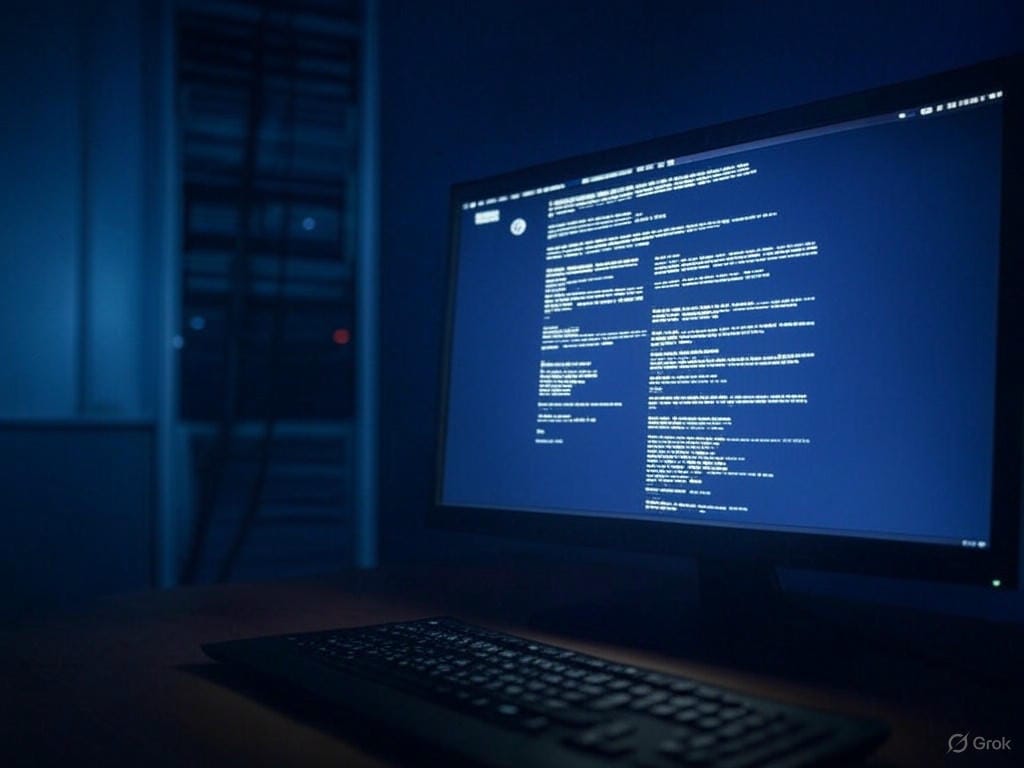Malicious Go Modules Unleash Disk-Wiping Linux Malware in Sophisticated Supply Chain Attack
In a chilling revelation for the cybersecurity community, researchers have uncovered a highly sophisticated supply chain attack targeting the Go programming language ecosystem. This attack involves three malicious Go modules that harbor obfuscated code designed to download destructive payloads capable of wiping a Linux system’s primary disk, rendering it completely unbootable. As the Go ecosystem continues to grow with over 2 million modules hosted on platforms like GitHub, its open nature—while fostering innovation—also presents significant security risks. Without stringent central oversight, attackers can infiltrate the ecosystem with malicious packages, and this latest discovery is a stark reminder of the vulnerabilities inherent in open-source software dependencies.
Details of the Malicious Go Modules
The three malicious Go modules identified in this attack are:
- github[.]com/truthfulpharm/prototransform
- github[.]com/blankloggia/go-mcp
- github[.]com/steelpoor/tlsproxy
At first glance, these packages appear legitimate, blending seamlessly into the vast repository of Go modules. However, beneath their innocuous facade lies hidden code specifically engineered to fetch next-stage payloads. Once activated, these payloads execute catastrophic actions, such as overwriting critical data on a Linux system’s main disk. The result is devastating: a system that cannot boot, leading to complete data loss and significant downtime for affected users or organizations.
The Broader Context of Supply Chain Attacks
This incident is not an isolated event but part of a growing trend of supply chain attacks targeting open-source ecosystems. Cybersecurity firms like Socket, Sonatype, and Fortinet have recently identified similar threats in other ecosystems, such as multiple malicious npm packages in the Node.js registry. These packages were designed to steal sensitive information, including mnemonic seed phrases and private cryptocurrency keys, while exfiltrating critical data from compromised systems. The openness of repositories like GitHub, while a strength, also serves as a double-edged sword, allowing attackers to slip malicious modules into the mix with relative ease.
How the Attack Works
The attack begins with the integration of these seemingly harmless Go modules into a developer’s project. Once installed, the obfuscated code within the modules reaches out to external servers to download harmful programs. These programs are then executed on the victim’s machine, initiating the disk-wiping process. Socket’s security scanners played a pivotal role in detecting these suspicious activities, triggering a detailed investigation that exposed the full scope of this supply chain attack. The sophistication of the attack highlights the evolving tactics of cybercriminals, who increasingly target dependencies in critical systems to maximize impact.
Implications for the Go Ecosystem
The Go programming language is renowned for its immutable modules, a feature that prevents attackers from modifying a package’s code after it has been downloaded. This immutability is often cited as a security strength by the Go team, helping to mitigate certain types of supply chain attacks. However, as this incident demonstrates, immutability alone is not enough. Attackers can still publish malicious packages under the guise of legitimate software, exploiting the trust developers place in open-source repositories. This vulnerability is compounded by the widespread adoption of third-party dependencies in critical systems, where a single compromised package can have cascading effects across multiple organizations.
Protecting Against Supply Chain Threats
As supply chain attacks become more prevalent, developers and organizations must adopt proactive measures to safeguard their systems. Regularly scanning dependencies for suspicious behavior using tools like Socket’s security scanners is a critical first step. Additionally, implementing strict vetting processes for third-party packages and maintaining an up-to-date inventory of dependencies can help identify potential risks before they are exploited. Cybersecurity training, such as events like SANSFIRE, equips professionals with the knowledge to defend against evolving threats, ensuring they stay ahead of sophisticated attack vectors like the one uncovered in the Go ecosystem.
Conclusion
The discovery of these malicious Go modules serves as a wake-up call for the cybersecurity community and developers alike. As open-source ecosystems continue to flourish, so too do the opportunities for attackers to exploit vulnerabilities in software supply chains. By staying informed about the latest threats, leveraging advanced security tools, and adopting best practices, organizations can better protect themselves from devastating attacks like this disk-wiping malware campaign. The fight against cybercrime is ongoing, and vigilance remains the cornerstone of a robust defense strategy in an increasingly interconnected digital landscape.

Leave a Reply